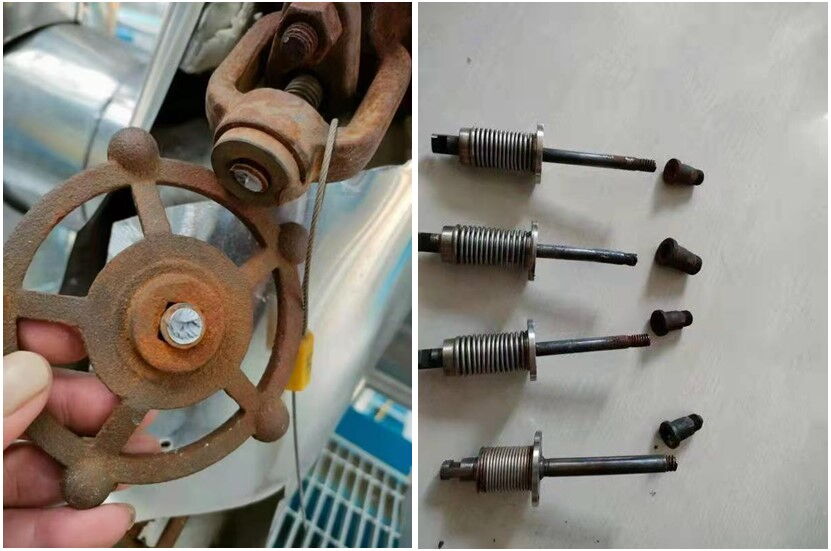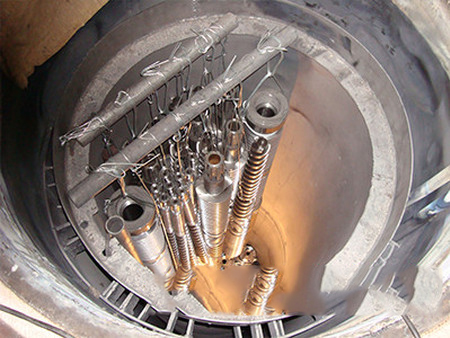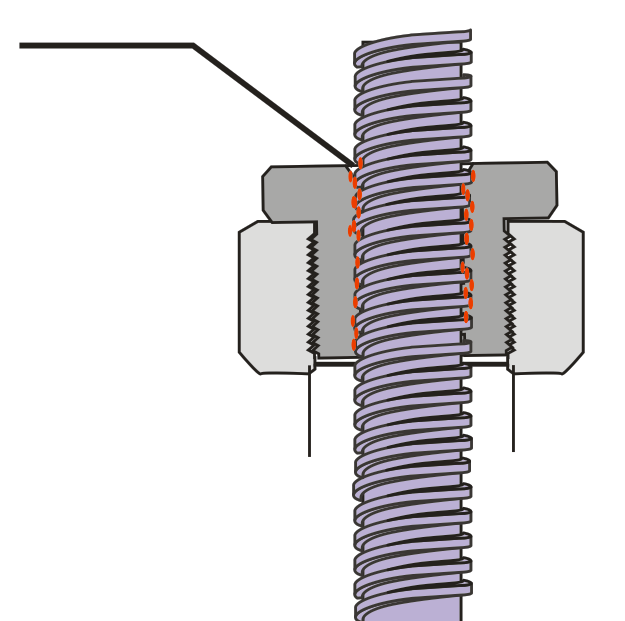
In API 602 valves, it is common to encounter stem corrosion after nitriding treatment over time. This issue is especially prevalent in globe valves. When the stem corrodes, it can seize with the stem nut. Under pipeline pressure, the thread engagement between the stem and the yoke nut becomes extremely tight. During forced operation, this often results in the stem being twisted and broken.
The primary reason for post-nitriding corrosion lies in the commonly used gas carburizing-nitriding (carbonitriding) process. Although this method is efficient and cost-effective, and shows no immediate signs of rusting, corrosion becomes progressively worse over time. In contrast, pure gas nitriding requires a longer processing time and incurs higher costs, but it effectively prevents rust formation.


When a nitrided stem starts to rust, it becomes brittle, and the corrosion products occupy the clearance between the threads of the stem and nut. Under prolonged pipeline pressure, this leads to cold welding between metal surfaces and a loss of lubrication, eventually causing the stem to shear during operation.

The risks of stem corrosion go beyond just stem breakage. For example, in butterfly valves, rust on the stem exposed to the pipeline can contaminate the process media, compromising the purity of the entire system. Therefore, the manufacturing process of valves is critically important and directly affects product reliability and system safety.
